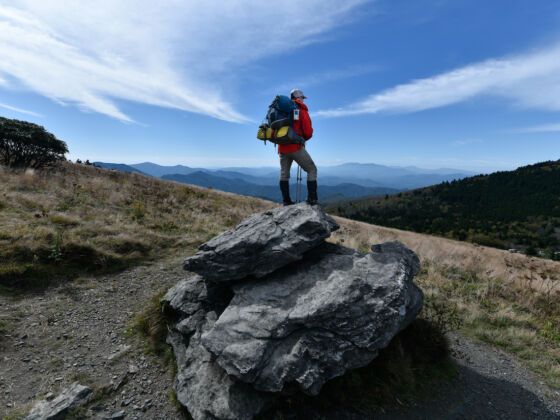THE APPALACHIAN TRAIL is the longest hiking-only footpath in America — and with 2,187 miles of trail, more than 250 shelters, and an overall elevation gain equivalent to climbing Mount Everest 16 times, it earns that title.
Every year, a couple thousand people try to hike the AT from beginning to end in one season, and a few hundred manage to accomplish it. These people are known as thru-hikers, and these are the warnings I wish I’d received before attempting to become one.
